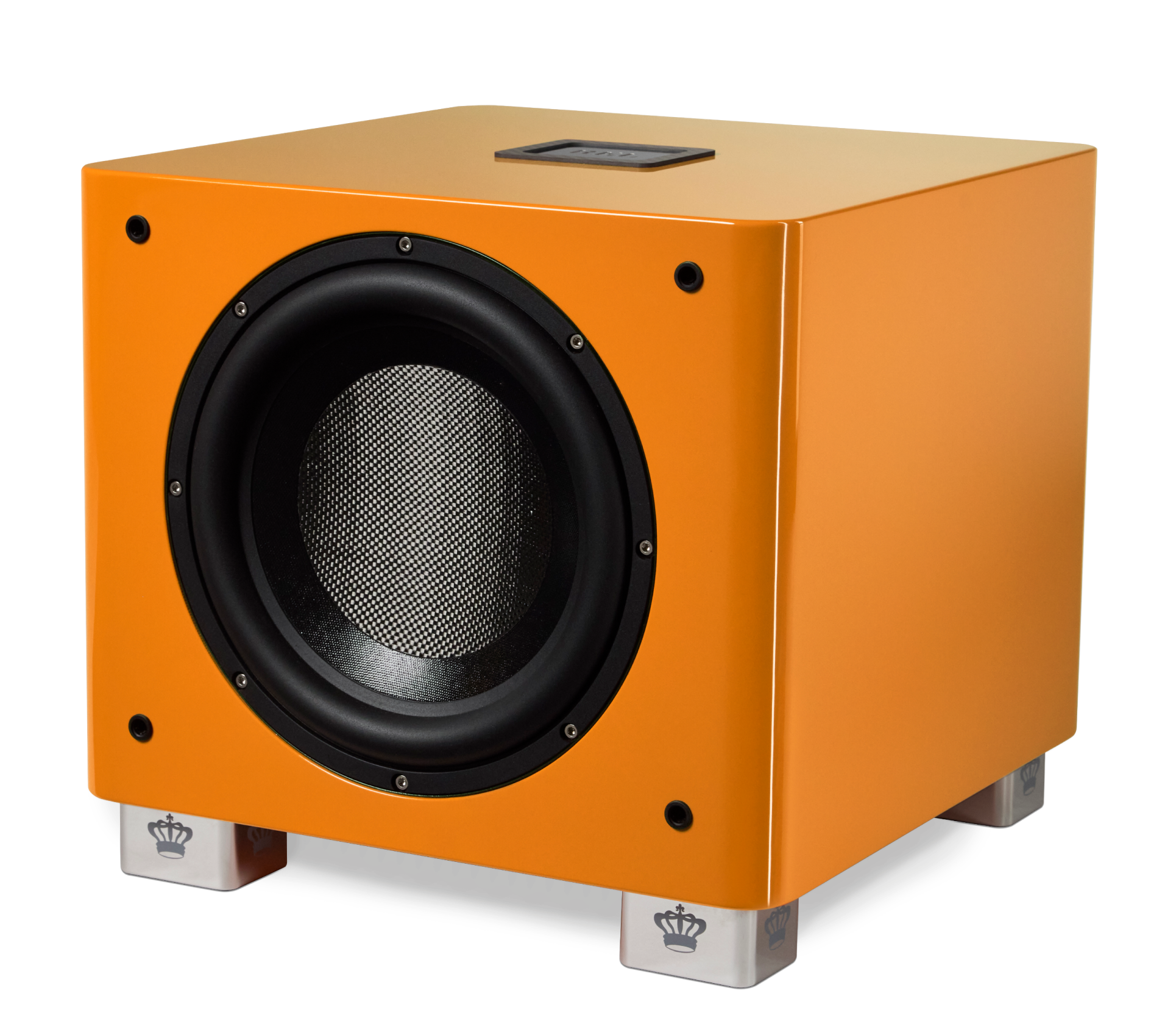Blog
Brick by Brick
Getting everything right can require different approaches for different systems
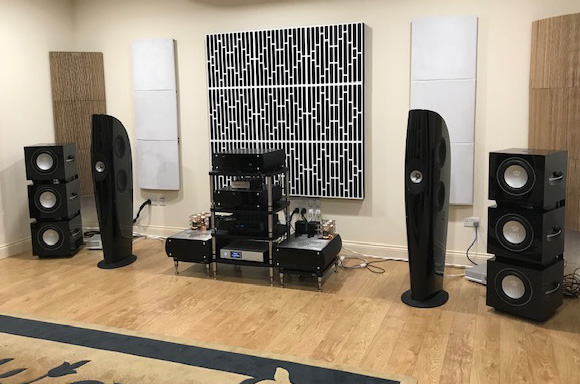
Our hifi stereo systems are made of individual pieces, and each of these pieces represents an individual buying decision, and all of these decisions were made to serve one purpose: To make the system better.
To this end, each hifi system is unique, with its own makeup, signal path, characteristics and quirks.
And, each system relates to subwoofers and the bottom end of the sonic spectrum differently, either in connection or integration. And it’s not surprising that one of the main questions new REL owners have is, “how do I connect this for the best experience possible?”
While the answer for those who want to connect using one or two RCA cables is more straightforward, the connection scheme for the “high level” inputs can vary depending on what amplifier and system you’ve got. Because REL emphasizes the quality gains from using the high level, figuring this out is a common, but easily accomplished task.
Other REL owners may be more concerned with the subwoofer’s placement for maximum effect, i.e. the sticky business of careful integration with the main speakers.
Still others are wondering just what a REL sub is going to do, and whether their magnificent speaker system even needs a subwoofer to shine. It does, and I’ll tell you why if you stick around.
By the way, about me: I work at the world’s biggest seller of high end audio gear as a full-time testing technician. All day, I play my favorite music through incredible gear that I slot in, piece after piece into a very decent testing system that, importantly, never changes.
As a trained listener, I inhabit the reviewer’s seat, listening to some of the best that the hifi industry has ever produced, daily. It’s quite a trip for a serious audiophile geek like myself.
In this Deep Dive article, I wanted to use my experience with so many brands and components to come up with a few example systems and setups which might help you find your way to the perfect setup in your room. All of these, by the way, I’ve listened to, and are some (but by no means all) of my favorites in my time at the shop. Let’s begin.
System 1
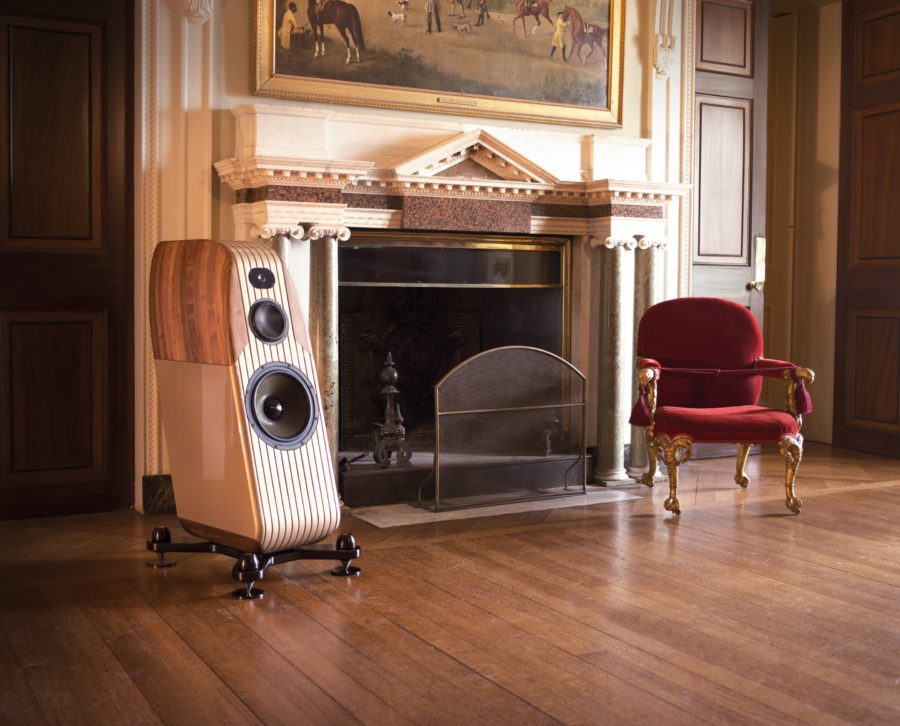
We’re going big. A gorgeous Constellation Centaur II 500 amplifier drives a pair of Karma Exquisite Classique (formerly Exquisite Grand Reference) mega-floorstanders in a large room with lots of volume.
I’m putting the subwoofers in the rear corners here. The speakers are powerful and linear down to very low notes, and the purpose-built subwoofers will engage and fill in just below where these let off. Ultra high end speakers such as these usually won’t contain real subwoofer drivers, because too often the place you want to put the subwoofers for maximum effect is not where the speakers are. Sometimes it is, but in this case, I’d want to use the corner support to help pressurize this large volume at the very bottom of the spectrum.
A balanced amplifier like the Constellation requires you to float the black wire on the Speakon cable, or connect it to the chassis of the amplifier if hum exists. I personally own a version of this extremely powerful, nimble and vibrant amplifier from Constellation, and I’ve found I do have to wrap the black Speaker wire around an XLR jack screw in order to keep my subs silent
John’s Guidance: These speakers require at a minimum stereo pairs of No.25, in a grand salon, they will open up and fully benefit from a Reference Line Array of No.25’s—a design recently granted Product of the Decade by Toneaudio.com And do follow Duncan’s recommendation when using the Constellation amps to not connect the black ground wire to the black binding posts since, like all balanced amplifiers, black speaker terminals are not ground.
OK, on to System 2
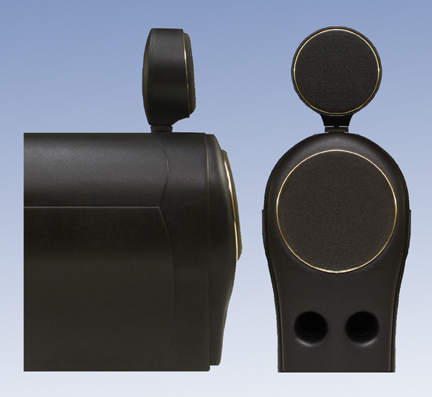
We’re going small. Well, smaller. We’ve got a pair of Usher Dancer Mini-X Diamond bookshelves, or shoot why not a Green Mountain Audio Eos HX pair up on stands in a smaller room, and we have the freedom to pull them away from the wall at least 3 feet. It’s holographic heaven.
Each of these rolls off well above the aforementioned floorstanders, for good reason. They, like your trusty REL subwoofers, are purpose-built to vividly reproduce the upper range and provide a point source in a way only a pair of well-designed standmounts can.
REL subwoofers mate really well with smaller speakers, because they not only dominate the sub frequencies but they also impress in the power frequencies as the crossover dial creeps toward 100. Not that you would want to set your crossovers this high with these speakers, but my point is that with a filter like you have on subwoofers, there will be a sonic presence, albeit attenuated, above the point where you set the crossover. You’re going to hear this sub in the kick drum a little bit, and that’s great.
My first instinct with this setup is to listen to the difference between subs placed in the back corners, versus placed right next to the speakers, if not slightly in front. You don’t want to lose that seamless integration at the crossover point by moving them too far away from the speakers, I’ve found, but sometimes that corner support is really needed.
I would say keep them equidistant from your ears, but don’t be afraid to try an asymmetrical setup. Consider using a side wall to reinforce one of them, while still keeping both roughly on the same arc.
A fellow with this taste in speakers will have a fancy, if eclectic taste in signal chain gear, I would imagine. Let’s put a Decware Zen Triode Preamplifier in line, which is a fully balanced all-triode preamp for goodness sake, and attach a pair of PS Audio Stellar M700 mono amplifiers.
Again, and for a different design reason — these are bridge-tied-load or BTL amplifiers — we don’t want to attach the black wire of the RELs’ Speakon cables to the negative speaker terminal, as we connect via to the high-level signal.
I have a good knowledge of the M700 monos — I used to sell them, once upon a time — and they’re not that atypical of class D amplifier designs out there. Still, even I felt I needed to call PS Audio up to ask how to connect the black wire to the chassis. You should always contact the manufacturer before unscrewing things, especially when you’re dealing with audiophile-level class D separates. There is likely a perfect chassis screw to again loop that black Speakon wire around, and you want to find it quickly. In my case it was one with its paint already stripped off, making for a quick and easy ground connection.
John’s Guidance: My guidance for both of these speakers would be a stereo pair of T/7x carefully placed in the same basic plane as the speakers (corners is fine as long as they are carefully tuned within the corner to bring out the lowest bass and then micro-tuning is done to tune the timing; the synching up of the low bas pulses with the same from the speakers. The only time we favor diagonal corner placement for systems is in a. a really screwed up room or b. when placing theatre subs and the main L-R sub is in the best structural corner and the rear sub is placed on the opposite diagonal corner when only one sub is being used for surround reinforcement in a REL 3D system.
System 3 – Professional style
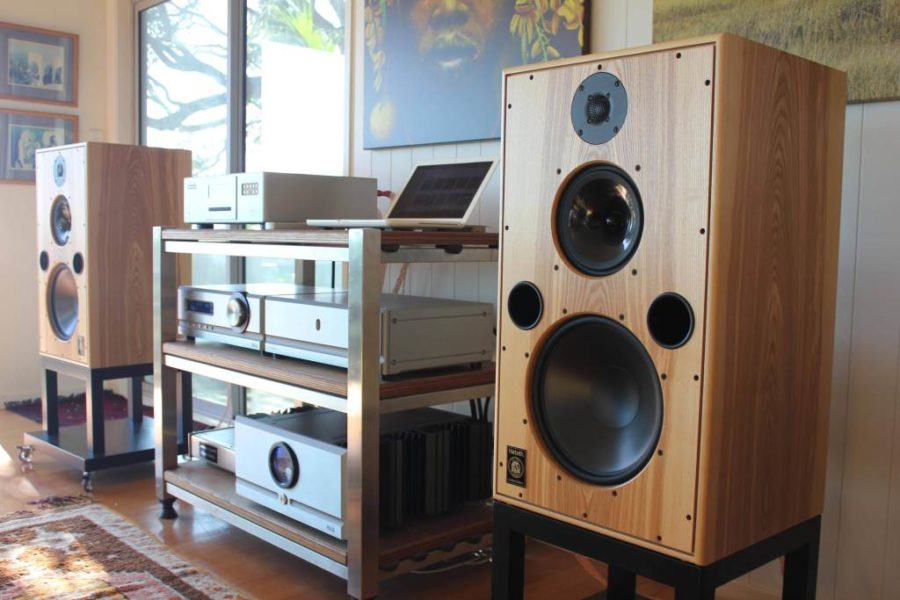
A pair of Harbeth 40.2 monitors sits atop squat, wooden stands, in a moderately-sized room with moderate sound treatment. A pair of Pass Labs XA60.8 class A monoblocks, fed by a Moon 390 Network Player / Preamplifier make this a monitor system to die for.
“Why do you have two subwoofers in here when you’re showing off a giant pair of Harbeths?” asked one inquisitive high end audio show attendee last October in my company’s demo room.
“I wish I had six of them, honestly. Like the guys down the hall,” I said, continuing to explain that as professional monitors, these speakers are designed to emphasize power response over absolute frequency extension in their design. A subwoofer is critical with speakers like these, and it’s easy to hear why after they’re dialed in properly.
I’ve had success with 40.2s by starting my subwoofers in the far corners, and sliding them forward along the side walls as I listen. But let’s say you have just one subwoofer, and the amps are far away from each other. The task of finding the best position for the sub may seem equally as daunting as that of finding a way to extend one of the Speakon cable’s thin wires to the other amplifier.
Not to worry — it’s not difficult, and the extra length of wire won’t affect the signal going to the sub. For this task, you just need to visit the hardware store. You want thin gauge, like 24ga. or smaller, stranded wire, and don’t forget some electrical tape to keep the extension junction insulated and clean. Just extend the red or yellow wire as inconspicuously as you can, and if you get hum, consider extending the black wire as well.
John’s Guidance: I love this system, the Harbeths are simply epic with a huge soundstage and dynamics for days, the Pass 60.8’s have been one of the favorites of industry insiders for a few years now and Sim Audio’s Moon has made so many audio bargains as to be a standout in the category. 40.2’s are BIG speakers, still experiment with stands that are taller than one would think 20-24”. Like a supersized version of the remarkable Harbeth Super HL5+ speakers, this model benefits from elevating the speaker so that the ear is on plane with the midrange driver and then adjusting rake from there. I would use an S/812 stereo pair (never use truly fast speakers with single subs, it will just make you sad) or a pair of 212/SX’s in a larger room. Setup should be easy and the blend will be superb. Personally, I’d like to do a Line Array (6 stacked 3 per side) of S/812’s in a truly large room and then sit back and let the lucky store print money.
Well, I hope you enjoyed this trip down drool lane, audiophile style. For in-depth guidance on much of what I was talking about here, be sure to explore the REL Acoustics YouTube channel. There you will find many quick videos that can answer any of your installation questions as they arise. And if you don’t find what you need, give us a call or shoot us an email.



